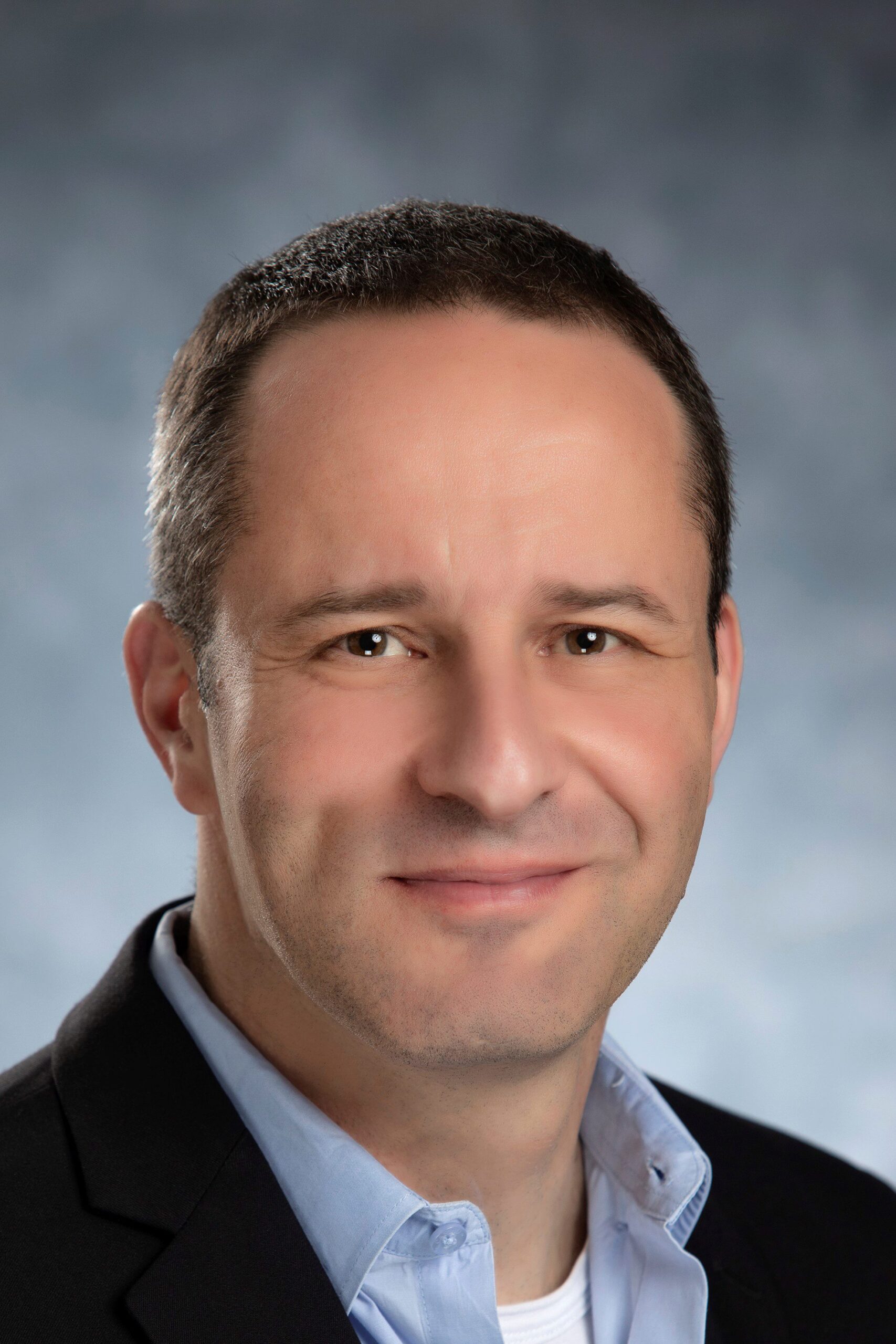
Integrated Care Plans Didn’t Boost Medicaid Enrollment for the Poorest Seniors
Chart of the Day: Medicare-Medicaid Plans—Created to Streamline Care for Dually Eligible Individuals—Failed to Increase Medicaid Participation in High-Poverty Communities
Blog Post


After “60 Minutes” interviewed doctors at for-profit hospitals who were pressured to admit patients to increase revenues, David H. Howard at Emory University contacted his colleague, LDI Senior Fellow Guy David, and said: “We have to look into this.”
Howard and David’s new study shows that for-profit hospitals have consistently higher rates of admitting patients from emergency departments compared to their nonprofit counterparts. The results support the U.S. Department of Justice investigations into unnecessary hospital admissions.
Most hospital admissions—70%—come from the emergency department. Admitting patients is profitable because insurers, including Medicare and Medicaid, pay up to $7,000 more per encounter for inpatients than those who are treated or observed in the emergency room.
This incentive may lead to unnecessary hospital admissions. For decades, whistleblowers, the U.S. government, and the union representing many hospital employees alleged that for-profit hospitals over-admitted for financial gain. In 2014-2018, several for-profit hospital chains paid settlements totaling $419 million to resolve these claims. Evidence of over-admission included emergency department software that made admission easier than discharge and pressuring or firing physicians who did not meet admission targets.
Howard and David note, though, that the settlements might not be an admission of guilt but a strategy to avoid costly trials. Also, factors other than profit influence emergency room decisions such as the care teams’ judgment and hospital bed capacity.
Howard and David used Florida hospital data from 2007-2019 to determine if for-profit and nonprofit hospitals have different admission rates from the emergency department. Their analyses accounted for factors such as patient age, insurance, and diagnosis, and hospital features such as the ability to treat serious conditions. They addressed biases from urban or rural hospital locations, since patients with more serious conditions tend to be treated in urban teaching hospitals. The overall average admission rate was 38%.
The for-profit hospitals admitted at higher rates consistently, over many years and for all age groups, even though nonprofit settings include teaching and public hospitals that tend to treat sicker patients who require admission. For example, for people over age 65, admission rates were 19% higher at for-profit hospitals.
The study could not account for influences such as hospital bed capacity or the effects of the COVID-19 pandemic. However, the results are consistent with a 2022 report using national Medicare data from the country’s largest health care union.
The authors conclude that financial incentives push for-profit hospitals to higher admission rates. If the Department of Justice actions were meant to deter this practice by for-profit hospitals, so far, the strategy hasn’t worked.
The authors suggest these actions based on their results:
• Regulatory agencies such as the Centers for Medicare and Medicaid Services should examine if their policies motivate admissions and ensure they do not let financial considerations dictate clinical practice.
• Hospitals should investigate if their admitting practices treat patients equitably.
• Patients and their families and caregivers should be aware of factors that influence admission and speak up to ensure decisions are in their best interest.
• Patient advocacy groups must include hospital admission decisions in their work to reduce unnecessary or low-value care.
The study, “Hospital Ownership and Admission Rates From the Emergency Department, Evidence From Florida,” was published in Health Services Research on October 24, 2023. Authors include David H. Howard and Guy David.


Chart of the Day: Medicare-Medicaid Plans—Created to Streamline Care for Dually Eligible Individuals—Failed to Increase Medicaid Participation in High-Poverty Communities
Research Brief: Shorter Stays in Skilled Nursing Facilities and Less Home Health Didn’t Lead to Worse Outcomes, Pointing to Opportunities for Traditional Medicare

How Threatened Reproductive Rights Pushed More Pennsylvanians Toward Sterilization

Abortion Restrictions Can Backfire, Pushing Families to End Pregnancies

They Reduce Coverage, Not Costs, History Shows. Smarter Incentives Would Encourage the Private Sector
Research Brief: Less Than 1% of Clinical Practices Provide 80% of Outpatient Services for Dually Eligible Individuals